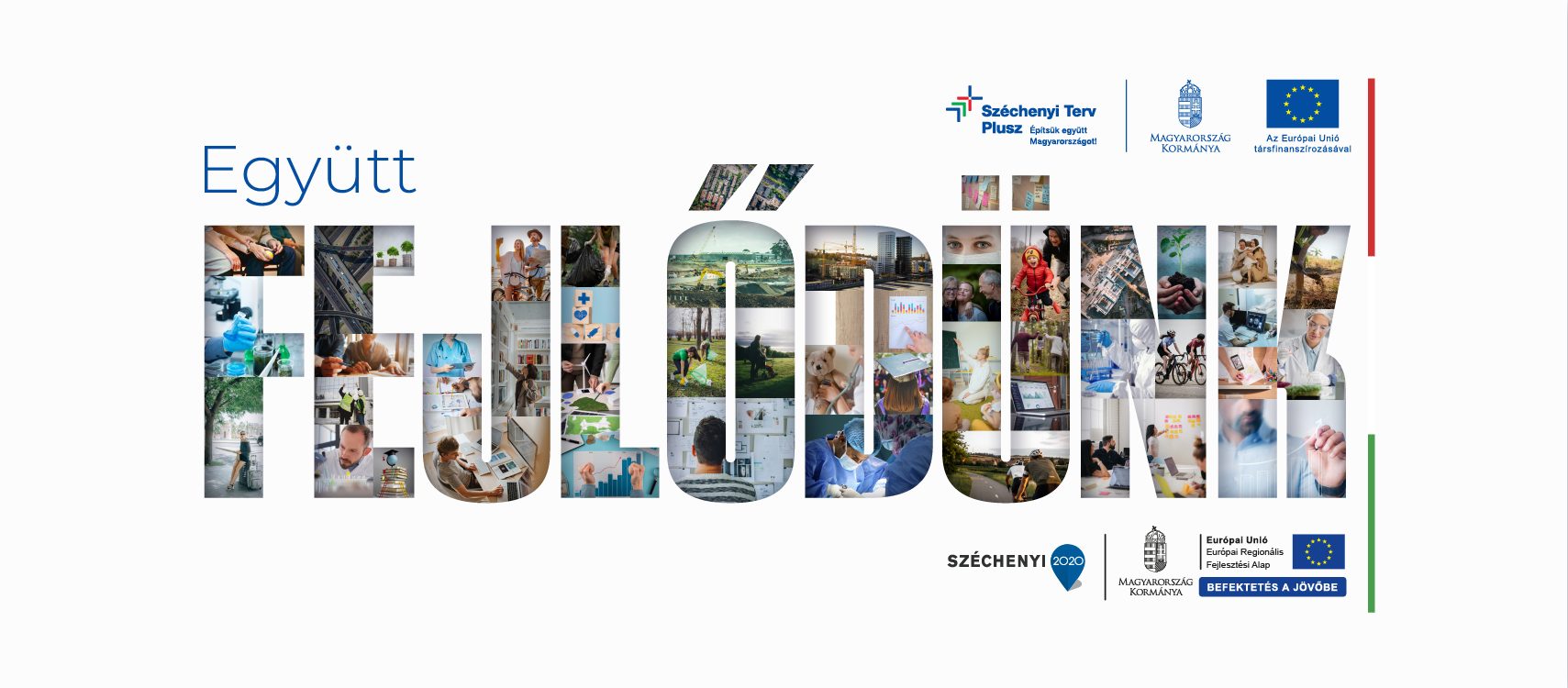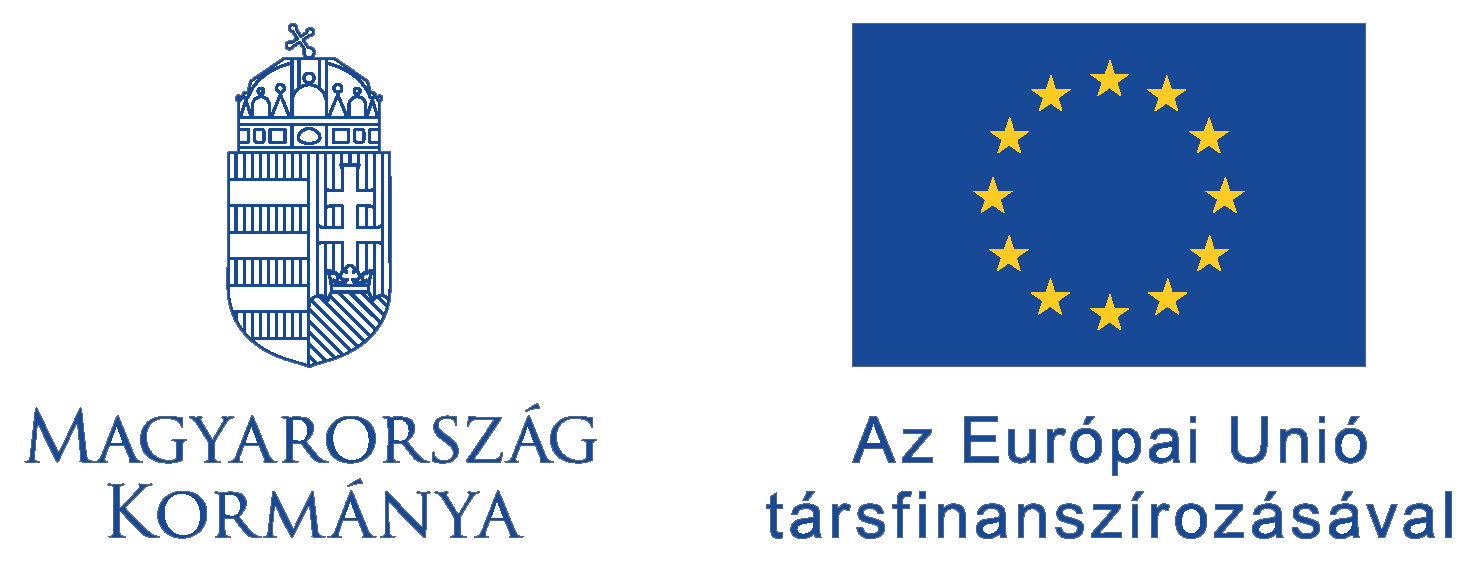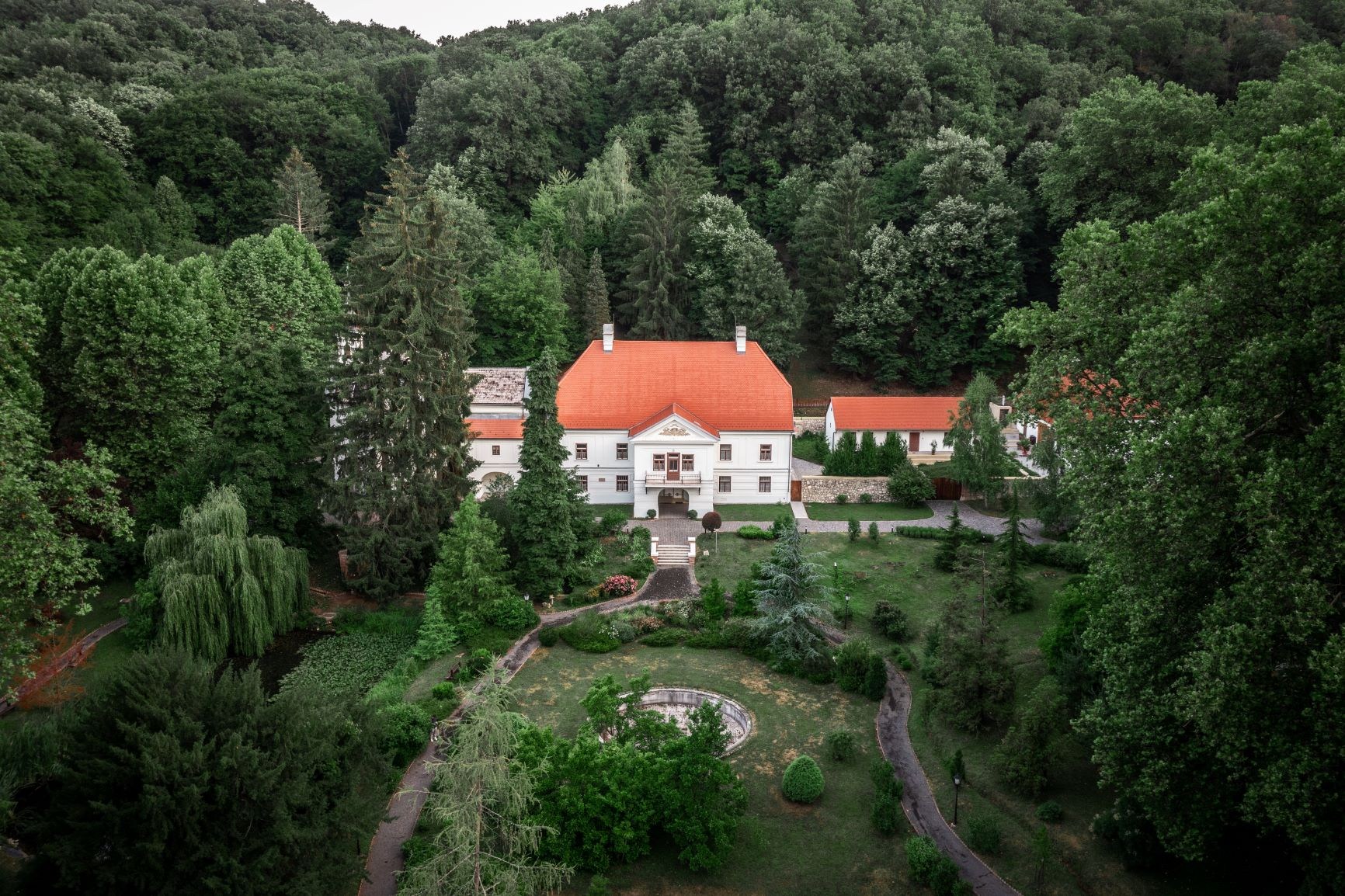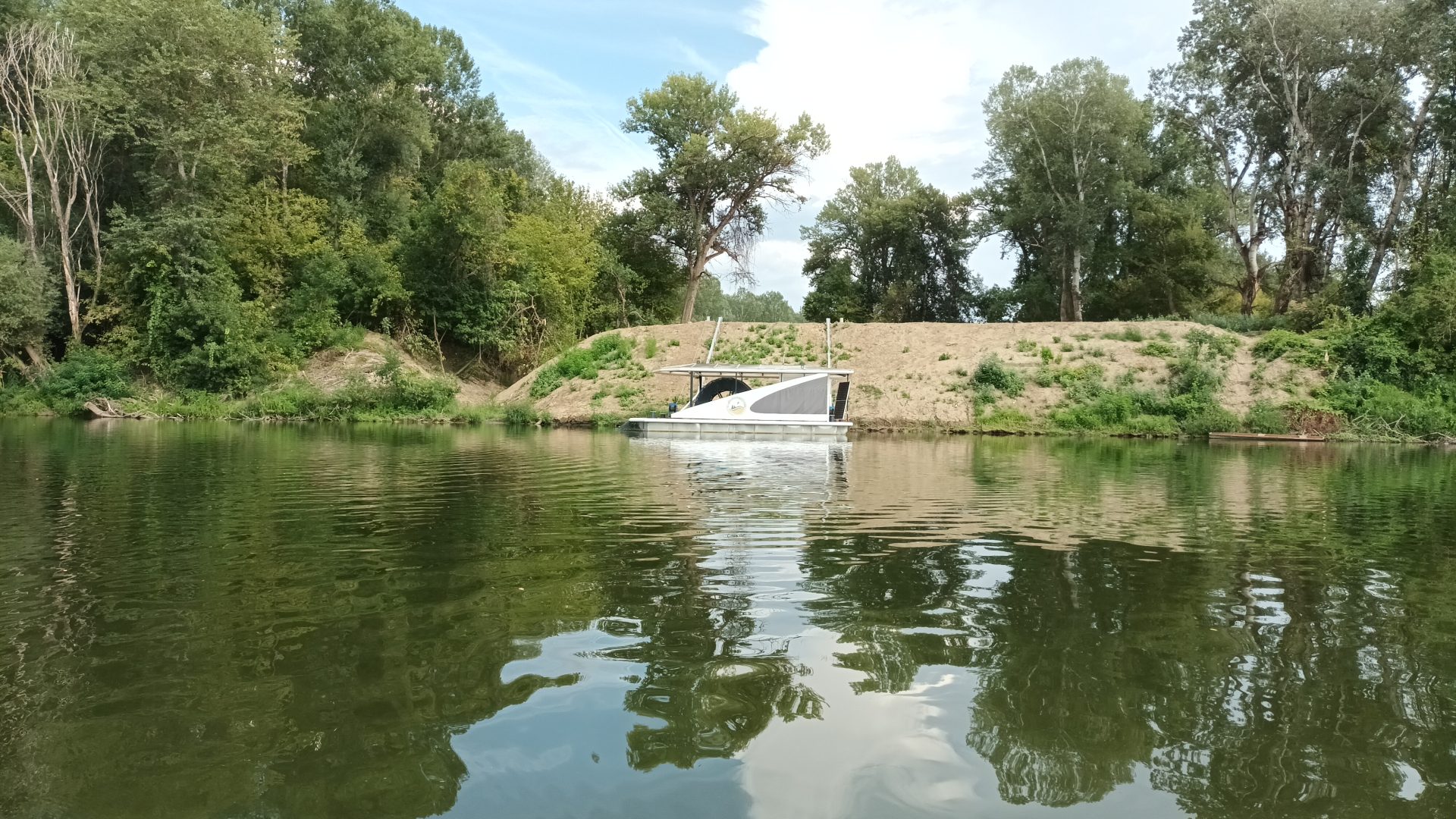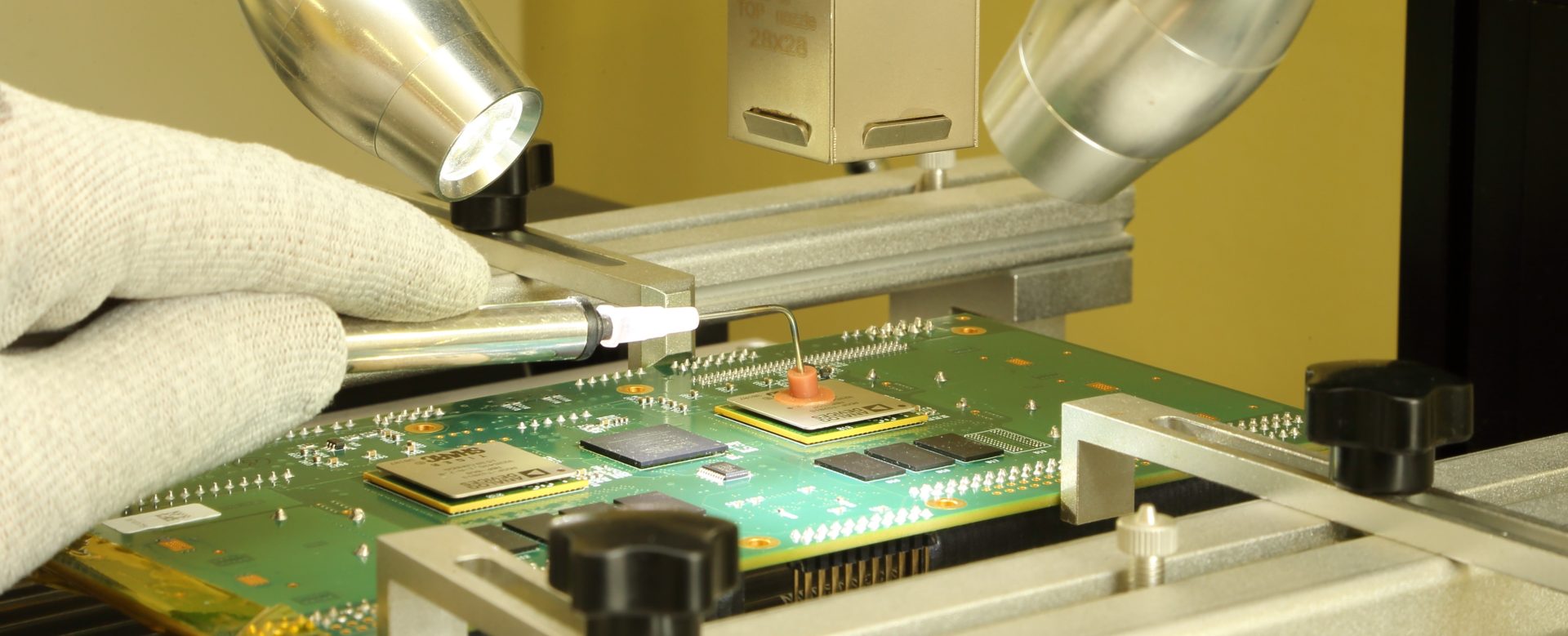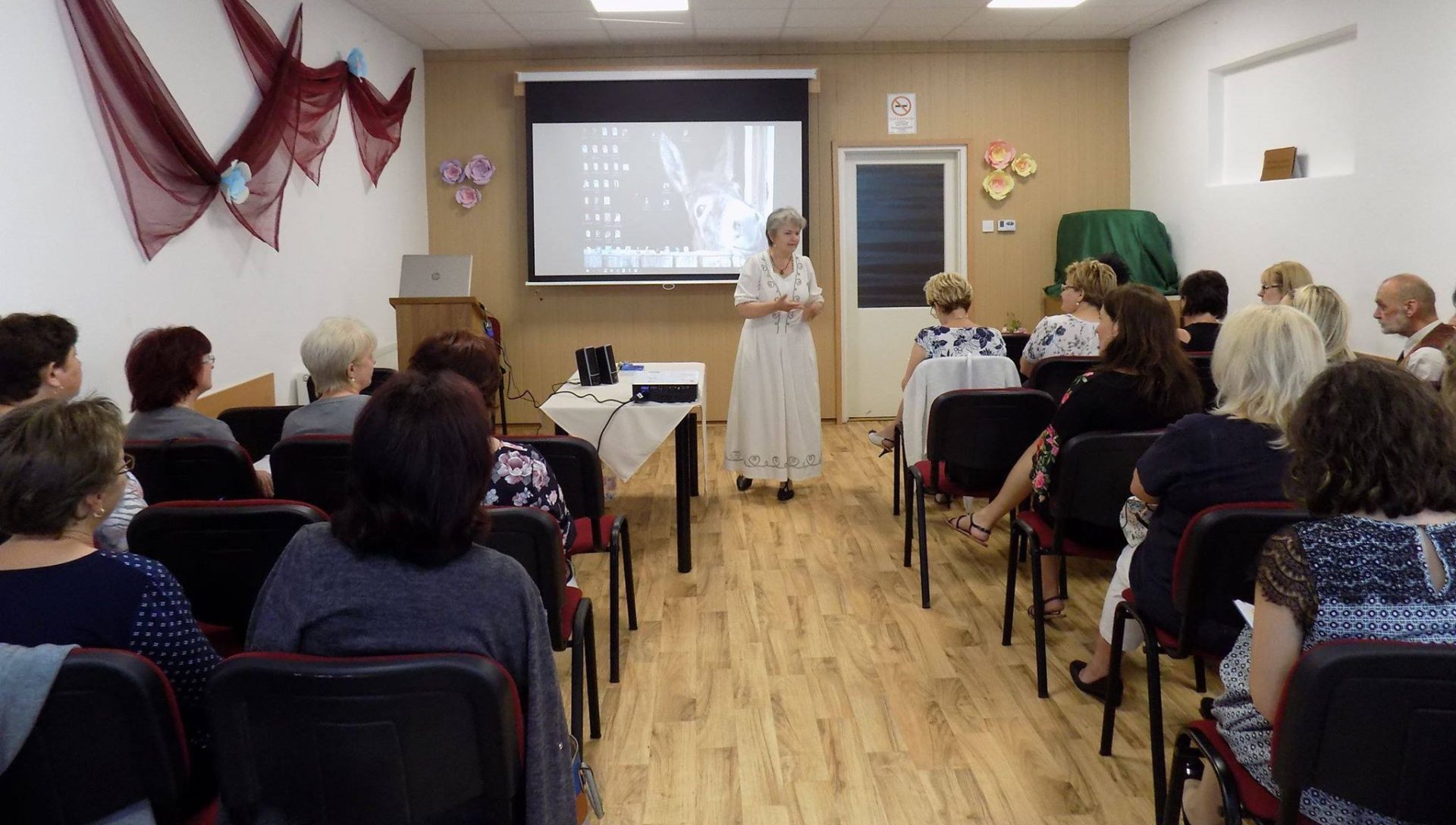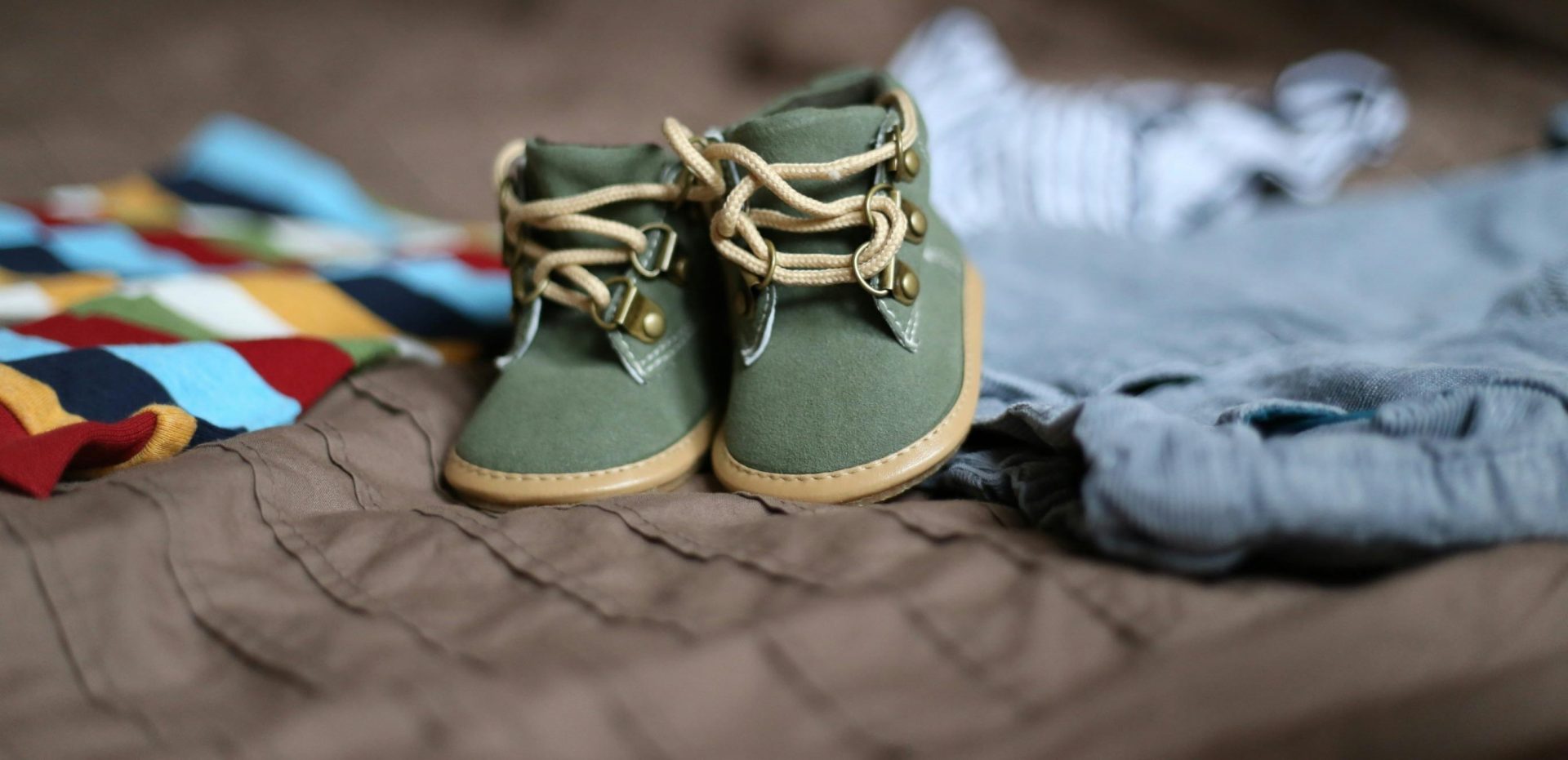The development of the Arboretum of Püspökszentlászló is the project of the Diocese of Pécs, which was implemented with the support of the Territorial and Settlement Development Operational Programme. This investment is not only an initiative aimed at infrastructure improvement but also a comprehensive objective to increase ecotourism’s potential in the Mecsek. Thanks to the project, the arboretum will manage to provide a great, overall experience for tourists who are interested in eco and active tourism, religion, and learning.
Püspökszentlászló is part of Hosszúhetény, one of the smallest settlements in Baranya County, at the northern foot of Zengő. The episcopal summer castle and church on the outskirts of the village were built in 1797 by Bishop László Pál Esterházy, and are still remained in use by the diocese. In its present form, the arboretum was designed by Bishop Samuel Hetyey. At the end of the 19th century, the area was expanded and an arboretum was created by planting special flowers. The jewel of this rich garden is the peony of Bánát, whose most important European habitat is the Zengő Ridge. In addition to the peony, there are eighty-four species of trees and shrubs from all over the world.
From St. John to the peony of Bánát – the project, titled as ecotourism development of the Püspökszentlászló’s Arboretum, has included the extension of the educational building, infrastructure development and the spatial planning of the arboretum. In addition, the small architectural artefacts of the castle and the church in the arboretum were restored and emphasis was placed on education about the environment, natural, local, historical and architectural valuables, folk traditions and customs. Horticultural education, programmes focused on sports and herbs, handicraft activities and lessons were taken place outside the classroom and were supported through the purchase of equipment.
The objective of this ecotourism supporting project of the Diocese of Pécs was also to ensure that the time spent in the arboretum would inspire visitors to create new thoughts and actions, while at the same time helping both physical and spiritual recovery.
The program was implemented with European Union funding under the TOP-1.2.1-15-BA1-2016-00006 project.
Find out more about the project in the Project Finder:Details
